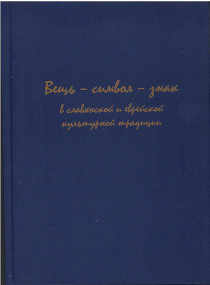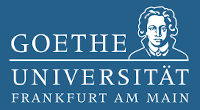Coin of the Rebbe: the History and Existence of the Hasidic Custom
DOI:
https://doi.org/10.31168/2658-3356.2019.12Keywords:
Hasidism, Jewish customs, Jewish ethnography, contact magic, tsaddik, coinAbstract
The article deals with the custom of receiving from the hands of the Rebbe a blessing in the form of a coin-talisman, which appeared in the first half of the 19th century and very quickly became popular within various groups of Hasidim. Hasidim regularly made pilgrimages to their tsaddik or came for certain holidays, as well as to solve their personal problems at any time. They brought the Rebbe notes with requests for help, and also made a certain monetary offering, which is called “pidyon ha-nefesh” (literally – Redemption of the Soul). In response, they received a blessing and a coin from the tsaddik as a reward, and the value of this gift from the Rebbe for the Hasid greatly exceeded the physical value of the object. The ritual was probably formed at the court of Israel Friedman (1797–1850), the Ruzhin Rebbe, but gradually became widespread in other Hasidic dynasties. We have considered a long-term, but existing in a somewhat transformed form until our days, the Hassidic tradition of giving money a symbolic meaning. The basic meaning is acquired by the physical and spiritual interrelation of the leader with his followers. The coin-talisman is valuable because it was touched by the tsaddik. It becomes a symbol of the Rebbe’s constant presence in the life of a Hasid. Contact magic acts not only during the life of the tsaddik, but also after his death, as he continues to perform his main function – to convey the requests of an ordinary person directly to God. Therefore, the practice of using coins-talismans continues even years later, after the death of the tsaddik, who issued the coin.












